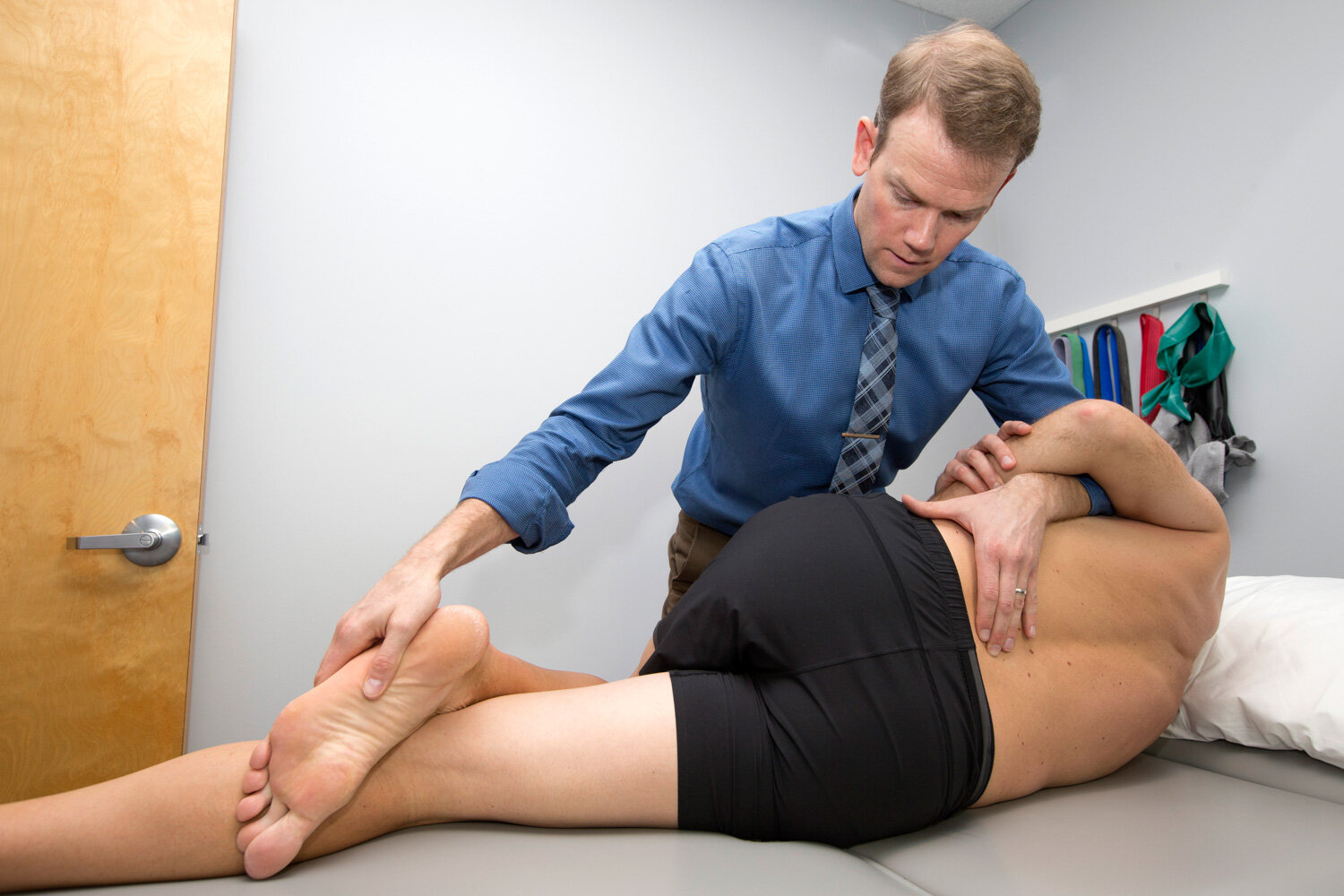Spinal manipulation, dating at least to Hippocrates’ writings, is one of the oldest known medical treatments. Currently, these treatments are commonly performed by Physical Therapists, chiropractors, and physicians to treat a variety of musculoskeletal pains. Evidence supporting spinal manipulation is primarily found in three areas: headache, neck pain, and low back pain. This data supports the use of spinal manipulation in Physical Therapy when combined with mobility and strength training exercises. In patients with low back pain, spinal manipulation is effective in cases of acute and subacute (<90 days) back pain with less data supporting manipulation for patients with chronic (>90 days) back pain. A recent research study was conducted supporting spinal manipulation as an additional treatment in Physical Therapy for patients with lumbar radiculopathy.
The American Journal of Medicine published a randomized controlled trial on the utilization of spinal manipulation in patients with radiating low back pain (Ghasabmahaleh et al. 2020). Authors randomized patients into one of two groups including either spinal manipulation as an addition to Physical Therapy or Physical Therapy without spinal manipulation. All patients received a similar Physical Therapy treatment program. Authors reported significant improvements in back and leg pain for both groups, but greater improvements were found in the patients receiving spinal manipulation. In addition, these patients also showed significant improvements in disability scores and objective examination findings at the 3 month follow up.

